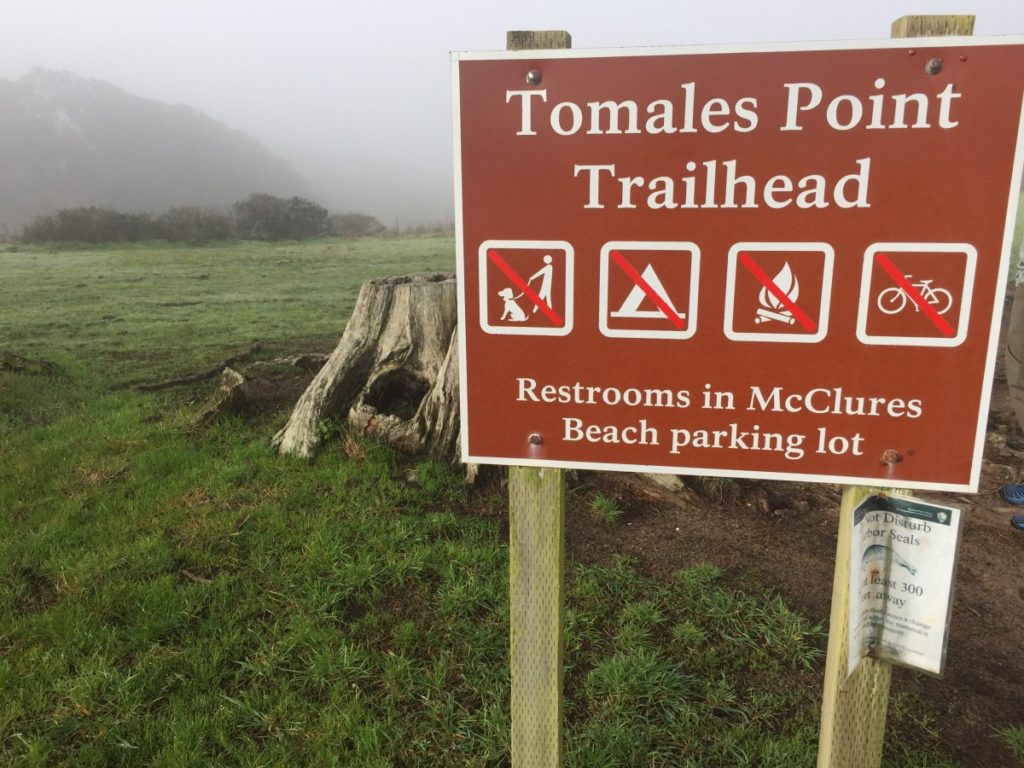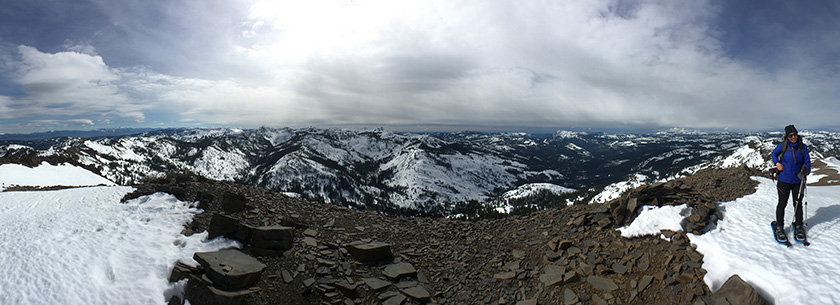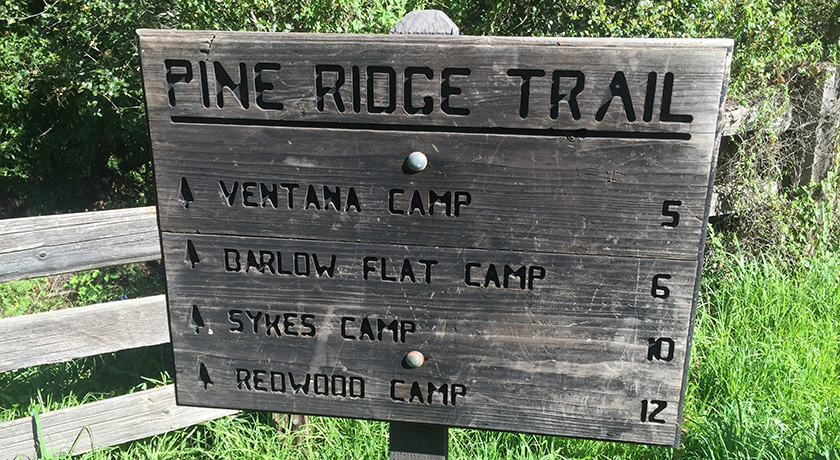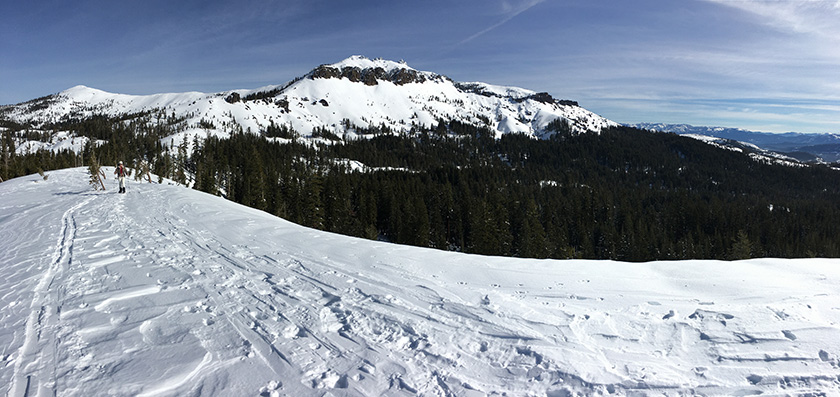
After spending an entire weekend at home, we were extremely sick of house projects and decided the following weekend should be spent outdoors! And why not in Yosemite? It can be surprisingly easy to get a permit for the Yosemite backcountry in the summertime… if you’re not trying to hike the JMT. And if you’re not picky. That said, it did take me about 50 attempts before I was actually able to get through to the permit office on the phone. Continue reading “Backpacking Yosemite’s Eagle Peak”









